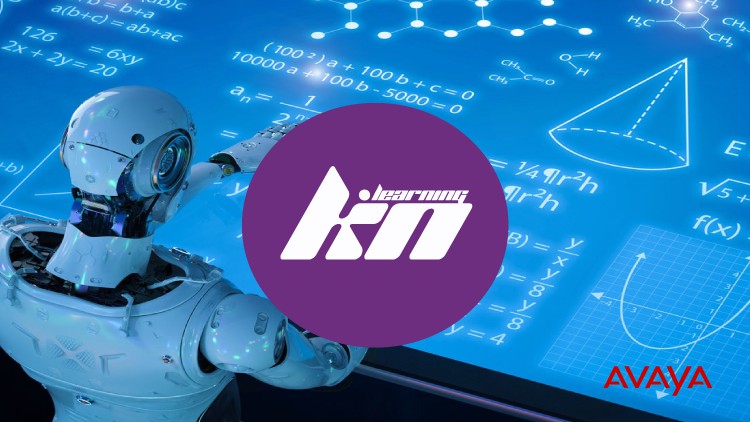
Learn how to understand Microsoft PowerApps within your Business
What you will learn
Learn how to understand Microsoft PowerApps Features and Concepts
Understand the components for Microsoft PowerApps
Identify the PowerApps strategy and cloud components
Learn the architecture of Microsoft PowerApps
Description
On this training you will learn the Microsoft Power Apps fundamental concepts for design and architecture. Power Apps is a suite of apps, services, and connectors, as well as a data platform, that provides a rapid development environment to build custom apps for your business needs. Using Power Apps, you can quickly build custom business apps that connect to your data stored either in the underlying data platform (Microsoft Dataverse) or in various online and on-premises data sources (such as SharePoint, Microsoft 365, Dynamics 365, SQL Server, and so on).
Apps built using Power Apps provide rich business logic and workflow capabilities to transform your manual business operations into digital, automated processes. What’s more, apps built using Power Apps have a responsive design and can run seamlessly in browser and on mobile devices (phone or tablet). Power Apps “democratizes” the business-app-building experience by enabling users to create feature-rich, custom business apps without writing code.
Power Apps also provides an extensible platform that lets pro developers programmatically interact with data and metadata, apply business logic, create custom connectors, and integrate with external data.
Power Apps for developers
Developers are app makers who can write code to extend business app creation and customization. Developers can use code to create data and metadata, apply server-side logic using Azure functions, plug-ins, and workflow extensions, apply client-side logic using JavaScript, integrate with external data using virtual entities and webhooks, build custom connectors, and embed apps into your website experiences to create integrated solutions.
PowerApps has 3 routes :
- Dataverse developer
- Model-driven apps developer
- Canvas apps developer
Content